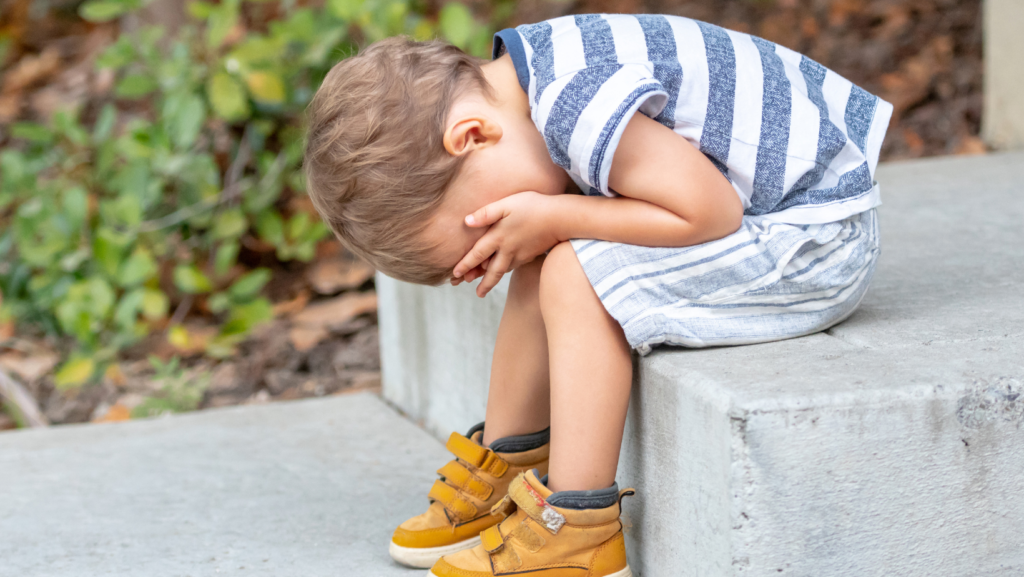Understanding why toddler tantrums are entirely normal, we can now explore proactive steps to assist our children in coping with emotions such as stress, emotional insecurity, and fear. In this discussion, we will delve into effective strategies for controlling kids’ tantrums and ensuring emotional stability.
1. Controlling Kids Tantrums by Building a Positive Emotional Foundation
Consistent parent-child bonding activities, such as playing and story-telling, can have a lasting impact on a child’s emotional foundation. These activities reinforce discipline and patience, resulting in fewer emotional meltdowns among toddlers and preschool kids.
2. Keeping Your Cool
No matter how challenging a situation may be, it’s crucial not to be triggered by your child’s behavior. Reacting negatively to a tantrum can exacerbate the situation. Just as adults are advised to maintain composure in times of distress, the same principle applies to dealing with our kids.
3. Understanding the Triggers
Tantrums have reasons behind them. Even young children don’t act out for no reason at all. For children over three years old, open communication can help identify their wants, needs, and emotions. For toddlers with limited vocabulary, teaching them to express themselves through actions and signs can provide valuable insights.
4. Allowing Venting
It’s important not to suppress your child’s emotions by preventing them from crying or screaming. Children have limited emotional regulation capabilities, and preventing them from expressing their feelings can adversely affect their mental health. When tantrums occur, granting them a brief period to vent out can be beneficial.
5. Diverting Attention Creatively
If a tantrum persists beyond a few minutes, creative diversion can be effective. Shift your child’s focus to something of interest, whether it’s toys, pictures, or their surroundings. Talking about their siblings or themselves can stimulate their curiosity and distract from the meltdown.
6. Offering Comfort Through Physical Contact
Physical comforts, such as cuddles and hugs, is a powerful way to express love to children. Embracing your child can trigger the release of oxytocin, the “love hormone,” promoting happiness and reducing stress.
By implementing these strategies, you can get better at managing and controlling kids tantrums while nurturing their emotional well-being.
Follow us
